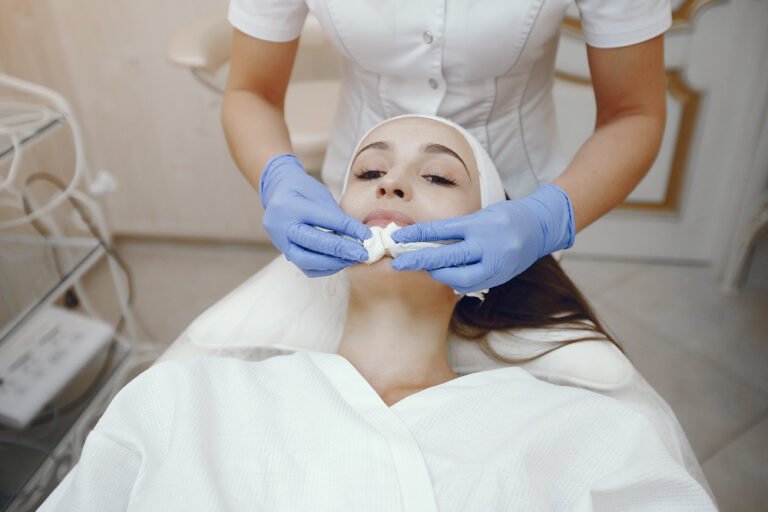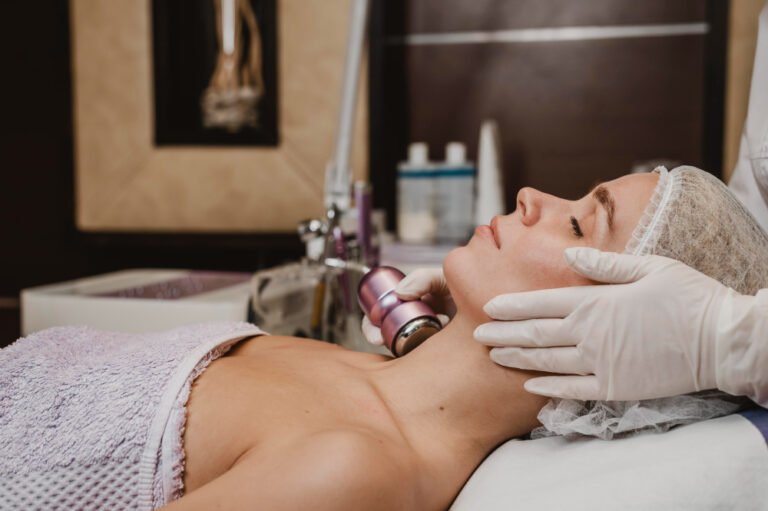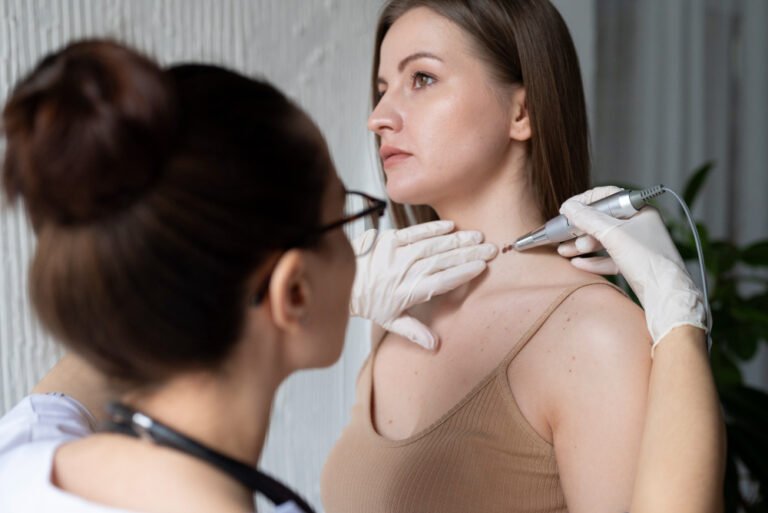Treatment Overview
Laser Skin Resurfacing for the neck is a highly advanced cosmetic procedure designed to rejuvenate and tighten aging or sun-damaged skin. By using targeted laser energy, the treatment stimulates collagen production, improves skin texture, reduces fine lines, and evens out pigmentation. In Korea, this procedure is performed with state-of-the-art fractional and non-ablative laser systems that deliver precise results with minimal downtime, making it an increasingly popular choice for individuals seeking a smoother, younger-looking neck.
Purpose & Benefits
The primary goal of Laser Skin Resurfacing is to address skin laxity, fine lines, wrinkles, and uneven tone on the neck. Benefits include improved skin elasticity, reduction of creases, fading of sunspots or age spots, and overall skin brightening. In Korea, the procedure is tailored to achieve natural-looking yet noticeable improvements while preserving skin health.
Ideal Candidates
This treatment is best suited for individuals who have mild to moderate skin sagging, wrinkles, or discoloration on the neck, and who prefer a non-surgical or minimally invasive approach. Candidates should have realistic expectations and be in good overall health, without active skin infections or severe skin conditions in the treatment area.
Possible Risks & Complications
While laser resurfacing is generally safe in Korea due to the advanced equipment and highly skilled practitioners, minor risks include redness, swelling, temporary discomfort, hyperpigmentation, or skin sensitivity. Severe complications are rare when performed by experienced Korean dermatologists or cosmetic surgeons.
Surgical Techniques Used
In Korea, a variety of laser technologies are used for neck skin resurfacing, including:
- Fractional CO₂ Laser – Targets deeper layers for significant rejuvenation and collagen stimulation.
- Er:YAG Laser – Offers precise ablation with less downtime.
- Non-Ablative Lasers (like Nd:YAG or Fraxel) – Stimulate collagen without damaging the skin’s surface, perfect for subtle tightening.
Combination approaches are also popular, pairing lasers with RF microneedling or skin boosters for enhanced results.
Recovery & Aftercare
Recovery time varies depending on the laser type and intensity. Mild redness and swelling may last 1–5 days, while deeper treatments can require 7–10 days for full healing. Patients are advised to keep the skin moisturized, avoid direct sunlight, and use high SPF sunscreen daily. Korean clinics often provide post-laser cooling therapy and nourishing masks to speed up recovery.
Results & Longevity
Results typically become visible within 1–3 weeks as new collagen forms and skin texture improves. The effects can last 1–2 years, depending on lifestyle, skin condition, and sun exposure. Maintenance treatments once or twice a year are common in Korea to prolong results.
Treatment Process in Korea
In Korea, the Laser Skin Resurfacing process starts with an in-depth skin analysis using high-resolution imaging systems like VISIA® or OBSERV®. This allows the dermatologist to customize the treatment plan for each patient’s skin type and concerns. Korean clinics focus on precision by adjusting laser depth, pulse duration, and intensity for optimal safety and results. Pre-treatment often includes gentle exfoliation and numbing cream application for comfort. After the procedure, specialized cooling devices, LED light therapy, and regenerative serums are applied to accelerate healing. Many clinics combine laser treatment with hydrating skin boosters or PRP therapy to enhance collagen stimulation. The emphasis on personalized care, cutting-edge equipment, and meticulous technique is why Korea is considered a top global destination for laser-based rejuvenation.
Cost Range
In Korea, the cost for Laser Skin Resurfacing for the neck varies depending on the type of laser used, clinic reputation, and session frequency:
- Fractional CO₂ Laser: ₩400,000 – ₩900,000 per session (approx. $300 – $700)
- Er:YAG Laser: ₩350,000 – ₩800,000 per session (approx. $260 – $620)
- Non-Ablative Laser (Fraxel, Nd:YAG): ₩300,000 – ₩700,000 per session (approx. $230 – $540)
Package deals for multiple sessions often provide better value, and many clinics offer combination treatments with RF or microneedling for comprehensive results.
Popular Clinics
- Oracle Dermatology Clinic – Known for advanced laser systems and personalized skin rejuvenation programs.
- Banobagi Plastic Surgery & Dermatology – Offers high-end cosmetic laser treatments with experienced specialists.
- Renewme Skin Clinic – Specializes in anti-aging laser procedures with multiple locations across Korea.
- ID Hospital Dermatology Center – Uses cutting-edge laser technologies and combination protocols for lasting results.




